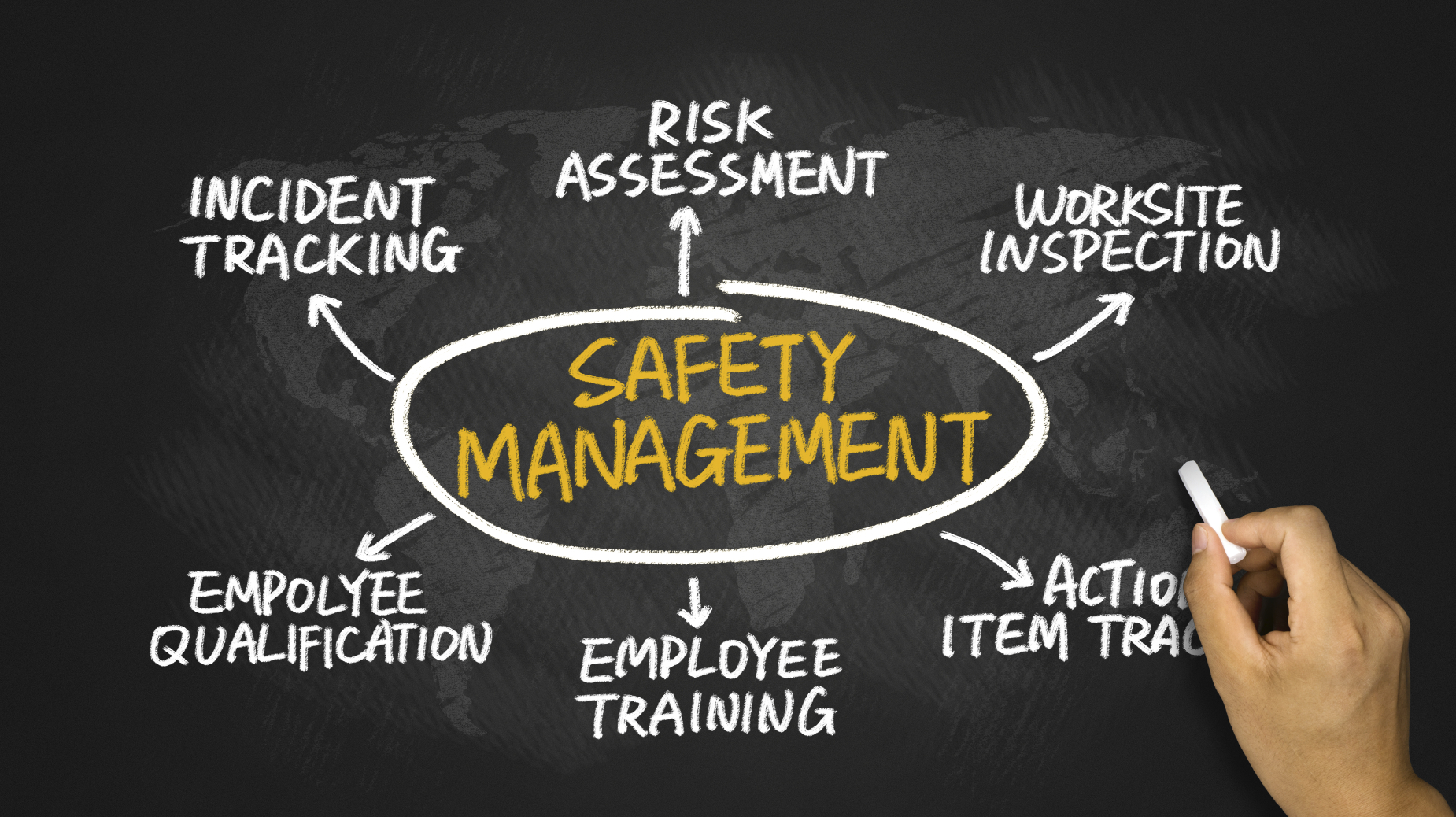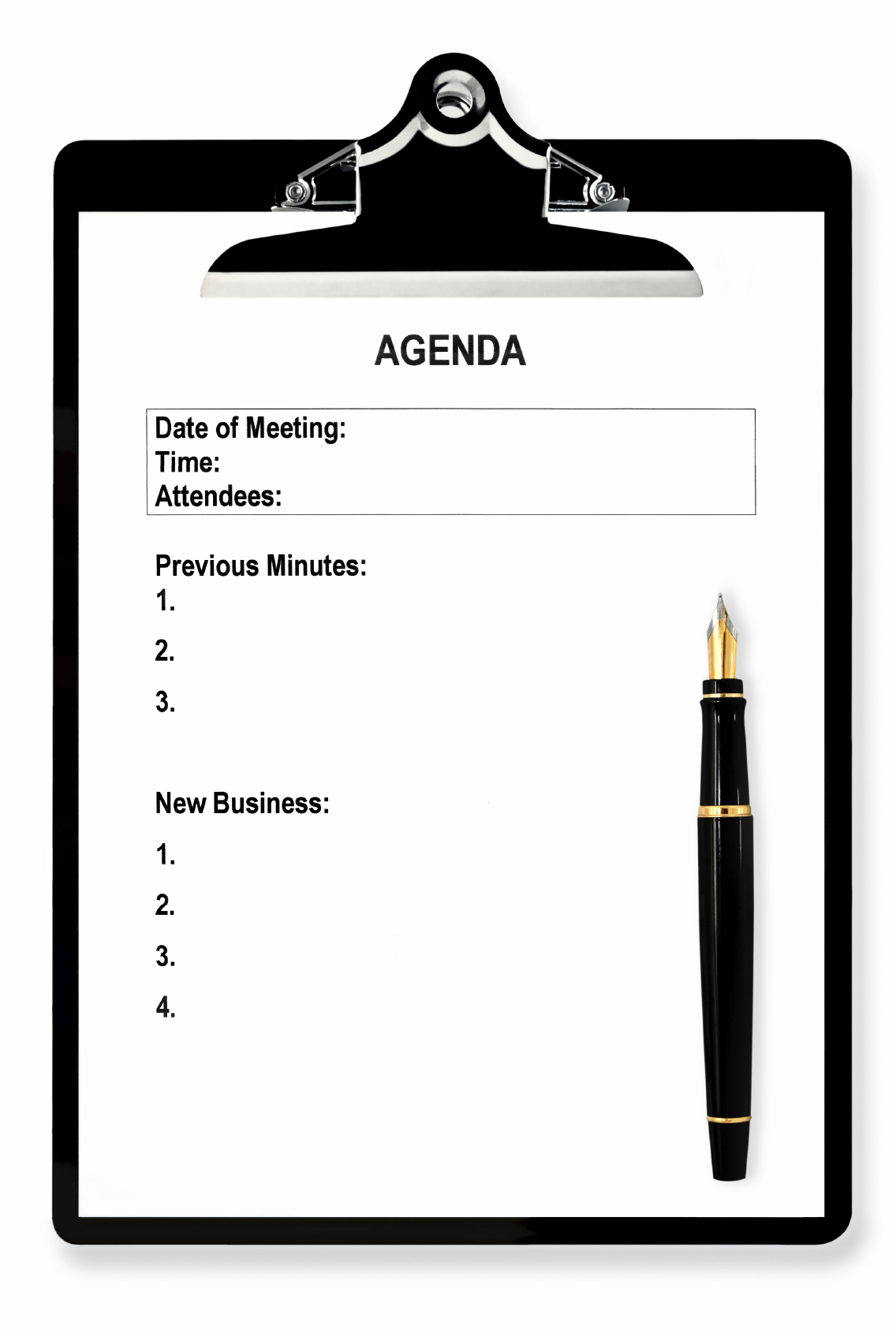What does a safety program include?
The terms safety manual and safety program are sometimes used interchangeably, so what does a safety program entail? It’s more than just a manual. Many organizations have a safety manual and more often than not, they tend to sit on a shelf. That is just as good as not having one at all.
So what does a safety program include?
- Management Support – No safety program is successful without the support of senior management and company owners. They set the example for the implementation and ongoing improvement of the program. They are required to procurement safety tools, equipment and resources to support the program. Company owners should always WANT to protect their workers and their business.
- A well written manual – Safety manuals should be written specific to your organizations needs and scope of work. It should be written in plain language and easy to navigate.
- An implementation process – A solid process by which the safety manual has been implemented, management/supervisor training, new hire orientation and ongoing training.
- Tools & Equipment – Supplying the tools and personal protective equipment that are required by policies, work practices and procedures in your manual is part of the program itself.
- Compliance – Verifying work is executed in compliance with the safety manual and ongoing improvement will ensure the program is successful. This is done by way of safety surveys, inspections and audits.
- Designated HSE Representative – Whether you are a small or large organization, there should be HSE Designates within your company. This should be any worker with a vested interested in the safety of their co-workers who attends training to provide additional guidance with the HSE Program. In some organizations this may be a trained HSE Professional, but this is not realistic for every company.
- Joint Health & Safety Committee – Implementing a JHSC allows the workers to come together to discuss health and safety issues as well as ideas. It’s the voice of the workforce brought forth to management without judgement or rejection. The JHSC also takes part in incident investigations, formal inspections and other workplace safety activities.
- Safety Communication – Ongoing safety communication is a part of a successful safety program. This includes, toolbox talks, HSE Bulletins, Health and Safety Meetings, Field Level Risk Assessments and Job Hazard Assessments.
The single most important part of any safety program is the support and driving force behind the program. If you do not believe your organization will achieve safety greatness, it’s unlikely you ever will.


